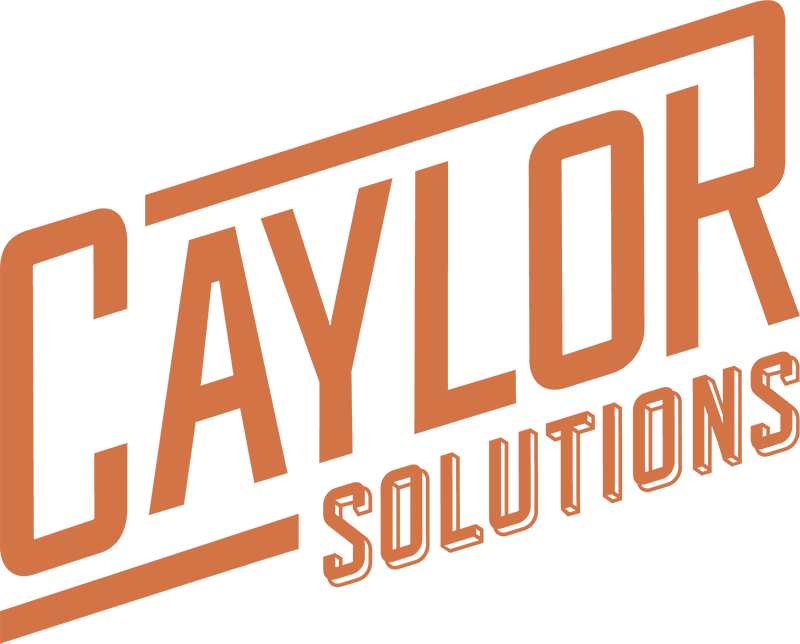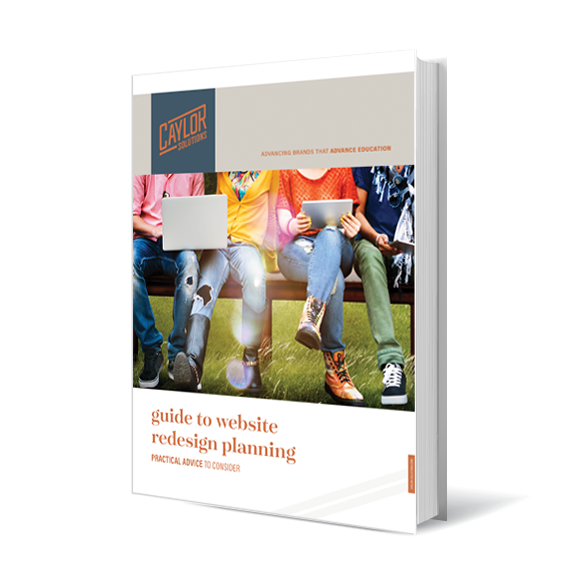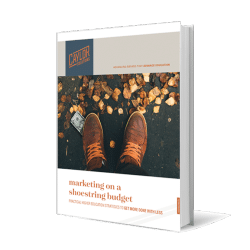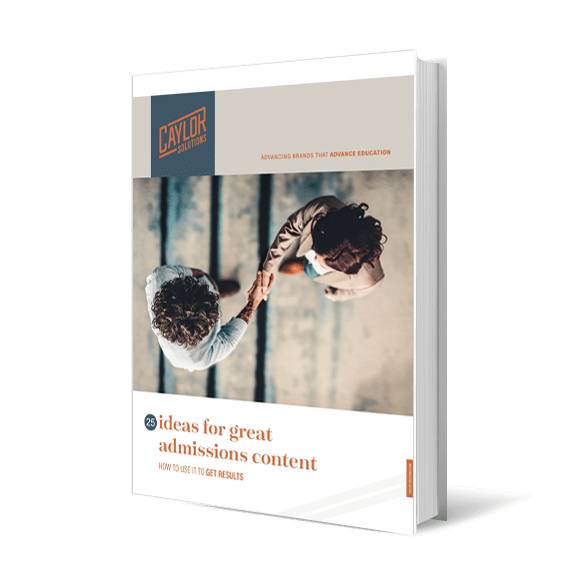While the phrase “semantically rich content” may never have crossed your mind, it’s a big deal when it comes to modern content marketing success. Here’s why.
Search engines, particularly those powered by artificial intelligence, have evolved beyond simple keyword matching.
Now, they are getting closer and closer to understanding the context and relationships between words and phrases.
This understanding allows search engines to process and rank content based on its relevance and depth of information.
AI-driven algorithms analyze how content connects various topics and concepts. These connections help it to determine the content’s overall quality and usefulness to users.
As a result, content that has a lot of semantic connections to other topics and concepts is more likely to be favored in search rankings.
This is what I mean by “semantically rich content.”
By covering a broad range of related topics and linking them contextually, your content becomes more comprehensive and informative. This helps address a wider array of search queries and signals to search engines that your content is valuable.
Remember, when visitors find content that thoroughly addresses their queries and connects them to related topics, they are more likely to stay longer on your site, and return in the future.
This trust can lead to higher conversion rates, whether it’s prospective students applying, alumni donating, or partners collaborating with your institution!
Plus, you’ll find some serious SEO benefits when it comes to semantically rich content in visibility, rankings, and traffic.
When I think of semantically rich content, I like to think of it as a well-organized library.
In libraries, books are categorized and interconnected through a detailed cataloging system.
This system allows visitors to find the specific book they are looking for and related books on similar topics, which enhances their overall understanding and experience.
Similarly, semantically rich content is like having a sophisticated cataloging system for your digital content. It connects various pieces of information, ideas, and concepts, creating a network of related information for your audience.
Just as a well-organized library improves access to knowledge, semantically rich content enhances your website’s visibility and relevance, making it a valuable resource for students and search engines alike.
So let’s explore what semantically rich content is and how you can create it. In doing so you can improve your website’s search engine ranking and create an engaging web of information for those who follow you.
Let’s dive in!
What Exactly Is Semantically Rich Content?
Semantically rich content goes beyond keywords and phrases.
It involves creating content that is contextually relevant, offering comprehensive insights into a topic by connecting it to related themes and concepts.
For example, an article about college admissions might also cover related subjects like financial aid, campus life, study tips, and career planning.
By doing so, it provides detailed information about the main topic and links to other relevant areas surrounding the topic.
This interconnectedness helps in building content that is more comprehensive and informative.
A piece of content on “sustainable practices at your institution” could link to topics such as environmental science programs, green campus initiatives, student-led sustainability projects, and partnerships with eco-friendly organizations.
This way the content is part of a broader narrative, giving students a deeper understanding of what programs they will find at the university while learning about sustainable practices within your institution.
By connecting various topics and ideas, you can improve user experience and create natural pathways towards the programs you want to push mission-fit students towards.
How To Create Semantically Rich Content
By crafting semantically rich content, you can elevate your website into a dynamic, informative resource that keeps students interested in learning more about your school.
Here’s how you can do it:
1. Understand Your Audience and Topics
Creating semantically rich content begins with a deep understanding of your audience and the topics they care about.
Start by researching what your audience is searching for and what they are interested in.
Who are your mission fit students? What types of programs do they like? What common questions do they have? Where are their watering holes?
Remember, everything we do as marketers should be geared towards reaching the students who want what our institution has to offer, which means you need to start with topics that are highly relevant to them!
You can also utilize tools like Google Trends, keyword planners, and social media insights to gather data on popular search queries and trending topics within your niche. This research helps you identify key topics and subtopics that are relevant to your audience and your institution, allowing you to tailor your content to meet their needs and interests.
2. Use Keyword Clustering
Keyword clustering involves grouping related keywords together to form clusters that represent different facets of a topic.
To implement keyword clustering:
- Identify Core Keywords: Start with primary keywords relevant to your main topic.
- Find Related Keywords: Use tools like SEMrush or Ahrefs to discover related keywords and phrases.
- Group Keywords: Organize these keywords into clusters based on their semantic relationships.
- Strategically Use Keywords: Use these clusters to guide the structure of your content, ensuring that each section covers a specific aspect of the main topic and incorporates relevant keywords.
In today’s AI-driven world, semantically rich content will trump content stuffed with keywords.
However, this doesn’t mean that you don’t need a keyword strategy.
The difference between old-school keyword SEO and the new way SEO works is that your keywords need to have logical (semantic) connections between them.
In other words, rather than picking one keyword phrase and stuffing your content piece with it, select a series of related keywords and distribute them throughout the content.
3. Create Comprehensive Content
When writing semantically rich content, aim to create in-depth articles that cover various aspects of a topic. This will improve your SEO and provide valuable information to your readers.
Here are some tips:
- Organize Content Logically: Use headings, subheadings, and bullet points to structure your content clearly.
- Incorporate Different Media: Enhance your content with images, videos, and infographics to make it more engaging and informative.
- Cover Multiple Angles: Address different perspectives and subtopics within your main topic to provide a holistic view.
4. Link to Related Content
Internal and external links are key for creating semantic connections within your content.
For example, if you have a blog or news section, link articles to related content. A blog post about study tips can link to articles on time management, exam preparation, and stress relief techniques.
Internal links connect different pages on your website, helping to guide readers through related topics and keep them engaged.
You can also use external links to authoritative sites to enhance the credibility of your content and provide additional resources for your readers.
5. Use Topic Clusters
Topic clusters are an advanced content strategy that enhances both user experience and search engine optimization.
This method involves creating a central, comprehensive pillar page that covers a broad topic and then linking it to several cluster content pages that dive deeper into specific subtopics.
The pillar page acts as the cornerstone of your topic cluster.
It provides an overview of the main topic and includes links to related, more detailed pages.
For higher education marketers, an effective pillar page might be “Student Life at [Your University].” This page should cover general aspects of student life, offering a broad yet informative overview that captures the interest of prospective students.
Then you can add links to the cluster pages related to this topic such as housing, dining, student organizations and clubs, and campus events.
To effectively implement topic clusters, follow these steps:
- Identify Core Topics: Choose broad topics that are central to your institution’s offerings and of high interest to your audience.
- Research Subtopics: Identify related subtopics that warrant their own detailed pages.
- Create Content: Develop comprehensive pillar pages and detailed cluster pages, ensuring all content is high-quality and valuable.
- Link Strategically: Ensure all cluster pages link back to the pillar page and to each other where relevant. Use clear and descriptive anchor text for these links.
- Monitor and Update: Regularly review your content for accuracy and relevance. Update or expand content as needed to maintain its value.
By leveraging topic clusters, higher education marketers can create a robust, user-friendly content ecosystem that enhances SEO, engages prospective students, and effectively showcases the breadth and depth of their institution’s offerings.
6. Regularly Update and Expand Content
To maintain relevance and the effectiveness of your site, you need to keep your content updated.
I recommend setting time on your calendar every few months to regularly review your content and ensure it includes the latest information and links.
You can expand existing articles by adding new sections, update data, and incorporating recent developments related to the topic.
Don’t worry about approaching a general topic more than once! Coming back to the same topic, but from a different angle, actually helps you to build out semantically rich content.
Likely six or even twelve months later you will have something new to say about it that will be helpful to your audience.
Let’s Get Started!
These strategies will help you create semantically rich content that enhances your SEO and provides interconnected information that engages and retains your mission-fit students.
Need a few examples?
Look at this blog! You’ll notice we have several backlinks to blogs on topics covered in this one, and you’ll notice that our website has categories you can filter through when perusing our blog section.
This gives AI search engines great contextual understanding of exactly what we have to offer and how we help higher education marketers!
Need help creating content like this or want to enhance your enrollment website? Let’s chat!
At Caylor Solutions our goal is to help you stand out to your mission-fit students and get the attention your institution deserves.
We also help you embrace the power of AI! Caylor Solutions now offers a 6-Session AI Masterclass that will empower your team to maximize AI for creativity, productivity and time-management. Email us at wilson@caylor-solutions.com to learn more.
Chasing Mission Fit
A Marketing Guide To Fill Your Institution With Students Who Will Succeed.
The essential marketing book every higher education institution needs! If you are a higher education marketing professional seeking a fail-safe plan to make your institution stand out, “Chasing Mission Fit” is your guide.
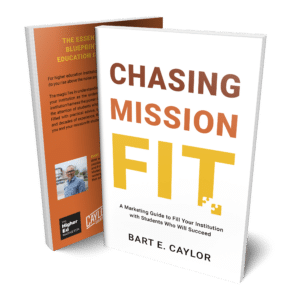
-
- Precisely target your ideal student
- Craft a compelling brand for your institution
- Implement a proven marketing strategy from 30 years of expertise
So you can empower your institution with audience-focused marketing strategies, and attract mission-fit students who will flourish in your unique academic environment.
Ready to transform your institution’s marketing approach?
Order now!
Featured image by peopleimages.com via Adobe Stock
